Balcony lettuce garden from waste 鈥?sounds like a dream, right? Imagine stepping onto your balcony and snipping fresh, crisp lettuce for your salad, all grown from materials you’d normally toss away! It’s not just a dream; it’s a super achievable DIY project that’s both eco-friendly and incredibly rewarding.
For centuries, resourceful gardeners have found innovative ways to cultivate food in limited spaces. From the hanging gardens of Babylon to the window boxes of Parisian apartments, the desire to connect with nature and grow our own food has always been strong. Today, with increasing urbanization and a growing awareness of sustainability, the need for creative gardening solutions is more important than ever.
That’s where this DIY guide comes in! Are you tired of throwing away plastic bottles, old containers, or even that chipped bucket in the garage? Well, get ready to transform them into thriving lettuce patches! This isn’t just about saving money; it’s about reducing waste, connecting with nature, and enjoying the unparalleled taste of homegrown produce. Plus, a balcony lettuce garden from waste is a fantastic way to add a touch of green to your urban oasis, even if you only have a small space. I’m going to show you how easy it is to create your own little edible paradise, one recycled container at a time. Let’s get started!
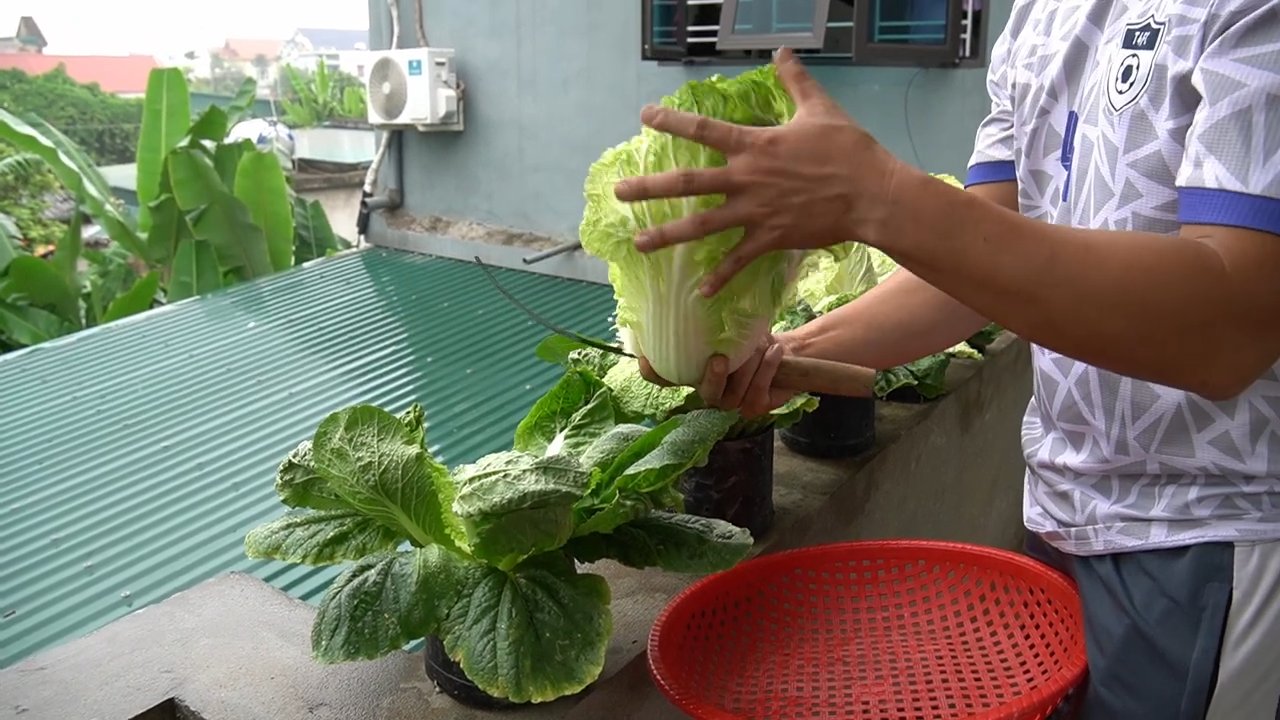
Creating a Thriving Balcony Lettuce Garden from Waste
Hey there, fellow green thumbs! I’m so excited to share one of my favorite DIY projects with you: building a beautiful and productive lettuce garden right on your balcony, using materials that would otherwise end up in the trash. Not only is this project incredibly budget-friendly, but it’s also a fantastic way to reduce waste and enjoy fresh, homegrown lettuce whenever you want. Let’s dive in!
What You’ll Need
Before we get started, let’s gather all the necessary materials. The beauty of this project is that you can adapt it to whatever you have available, but here’s a general list:
* Waste Containers: Think plastic bottles (2-liter soda bottles are perfect), milk jugs, yogurt containers, old buckets, or even styrofoam boxes. The size will depend on how much lettuce you want to grow.
* Potting Soil: Choose a good quality potting mix that’s well-draining. You can also make your own by mixing compost, peat moss, and perlite.
* Lettuce Seeds or Seedlings: Select your favorite lettuce varieties! Romaine, butterhead, loose-leaf, and even mesclun mixes all work great.
* Drill or Sharp Knife: For creating drainage holes in your containers.
* Scissors or Utility Knife: For cutting and shaping the containers.
* Watering Can or Hose: For watering your lettuce.
* Optional:
* Spray paint (for decorating your containers)
* Landscape fabric or burlap (to line the containers and prevent soil erosion)
* Twine or rope (for hanging containers)
* Gloves (to protect your hands)
Preparing Your Waste Containers
This is where the magic happens! We’re transforming trash into treasure.
1. Cleaning: First things first, thoroughly clean all your chosen containers with soap and water. Remove any labels or sticky residue. This is crucial to prevent any unwanted chemicals from leaching into your soil.
2. Drainage Holes: Now, we need to create drainage holes. Lettuce needs well-draining soil to thrive. Use your drill or sharp knife to make several holes in the bottom of each container. I usually aim for about 4-5 holes, depending on the size of the container. If you’re using a knife, be extra careful!
3. Cutting (If Necessary): If you’re using large plastic bottles or jugs, you might want to cut them in half or create openings on the sides. For example, with a 2-liter soda bottle, you can cut off the top portion to create a mini-planter. Get creative and think about how you want your lettuce to grow.
4. Lining (Optional): To prevent soil from washing out through the drainage holes, you can line the bottom of your containers with landscape fabric or burlap. Cut a piece slightly larger than the bottom of the container and press it into place. This also helps retain moisture.
5. Decorating (Optional): This is where you can add your personal touch! If you want to make your balcony garden more visually appealing, consider spray painting your containers. Choose colors that complement your balcony decor or go for a vibrant, eclectic look. Make sure to use paint that is safe for outdoor use and allow it to dry completely before adding soil.
Planting Your Lettuce
Now for the fun part 鈥?planting the lettuce!
1. Filling with Soil: Fill your prepared containers with potting soil, leaving about an inch or two of space at the top. Gently pat down the soil to remove any air pockets.
2. Sowing Seeds: If you’re starting from seeds, sprinkle them evenly over the surface of the soil. Follow the instructions on your seed packet for spacing and depth. Generally, lettuce seeds should be sown about 录 inch deep.
3. Planting Seedlings: If you’re using seedlings, gently remove them from their containers and loosen the roots slightly. Dig a small hole in the soil and place the seedling in the hole, making sure the top of the root ball is level with the soil surface.
4. Watering: After planting, water your lettuce thoroughly but gently. Use a watering can with a rose head or a hose with a gentle spray nozzle to avoid disturbing the seeds or seedlings.
5. Labeling: Don’t forget to label your containers with the type of lettuce you’ve planted! This will help you keep track of your different varieties. You can use popsicle sticks, plant markers, or even write directly on the containers with a permanent marker.
Caring for Your Lettuce Garden
Lettuce is relatively easy to care for, but here are a few tips to ensure a bountiful harvest:
1. Sunlight: Lettuce needs at least 4-6 hours of sunlight per day. Place your containers in a sunny spot on your balcony. If your balcony doesn’t get enough direct sunlight, you can supplement with grow lights.
2. Watering: Keep the soil consistently moist, but not soggy. Water your lettuce regularly, especially during hot, dry weather. Check the soil moisture by sticking your finger into the soil. If it feels dry, it’s time to water.
3. Fertilizing: Lettuce benefits from regular fertilization. Use a balanced liquid fertilizer diluted to half strength every 2-3 weeks. You can also add compost tea to your watering routine.
4. Pest Control: Keep an eye out for pests like aphids, slugs, and snails. You can control these pests by handpicking them off the plants, using insecticidal soap, or setting up traps.
5. Weeding: Remove any weeds that pop up in your containers. Weeds compete with your lettuce for nutrients and water.
Harvesting Your Lettuce
The best part! You can start harvesting your lettuce as soon as the leaves are big enough to eat.
1. Loose-Leaf Lettuce: For loose-leaf lettuce, you can harvest individual leaves as needed. Simply snip off the outer leaves with scissors or a knife, leaving the inner leaves to continue growing.
2. Head Lettuce: For head lettuce, wait until the head is firm and well-formed before harvesting. Cut the head off at the base with a sharp knife.
3. Succession Planting: To ensure a continuous supply of lettuce, consider succession planting. Sow new seeds or plant new seedlings every 2-3 weeks.
Creative Container Ideas
Don’t be afraid to get creative with your container choices! Here are a few more ideas to inspire you:
* Hanging Baskets: Use old plastic baskets or buckets to create hanging lettuce gardens. Drill drainage holes in the bottom and attach twine or rope to hang them from your balcony railing.
* Stacked Containers: Stack different sized containers on top of each other to create a tiered lettuce garden. This is a great way to maximize space on a small balcony.
* Pallet Garden: Repurpose an old wooden pallet into a vertical lettuce garden. Line the spaces between the slats with landscape fabric and fill them with soil.
* Shoe Organizer: Hang a shoe organizer on your balcony railing and fill each pocket with soil to create a unique and space-saving lettuce garden.
Troubleshooting
Even with the best care, you might encounter some challenges. Here are a few common problems and how to solve them:
* Yellowing Leaves: This could be a sign of overwatering, underwatering, or nutrient deficiency. Check the soil moisture and adjust your watering schedule accordingly. Fertilize your lettuce with a balanced fertilizer.
* Leggy Growth: This means your lettuce isn’t getting enough sunlight. Move your containers to a sunnier location or supplement with grow lights.
* Bolting: Bolting is when lettuce starts to produce a flower stalk, which makes the leaves bitter. This is usually caused by hot weather. To prevent bolting, plant your lettuce in a shady spot during the hottest part of the summer or choose heat-tolerant varieties.
* Pest Infestations: Regularly inspect your lettuce for pests and take action as soon as you notice them.
Enjoying Your Harvest
Now that you’ve successfully grown your own lettuce, it’s time to enjoy the fruits (or rather, the leaves!) of your labor. Use your fresh lettuce in salads, sandwiches, wraps, or as a garnish for your favorite dishes. There’s nothing quite like the taste of homegrown lettuce!
I hope this guide has inspired you to create your own balcony lettuce garden from waste. It’s a rewarding and sustainable way to enjoy fresh, healthy food. Happy gardening!
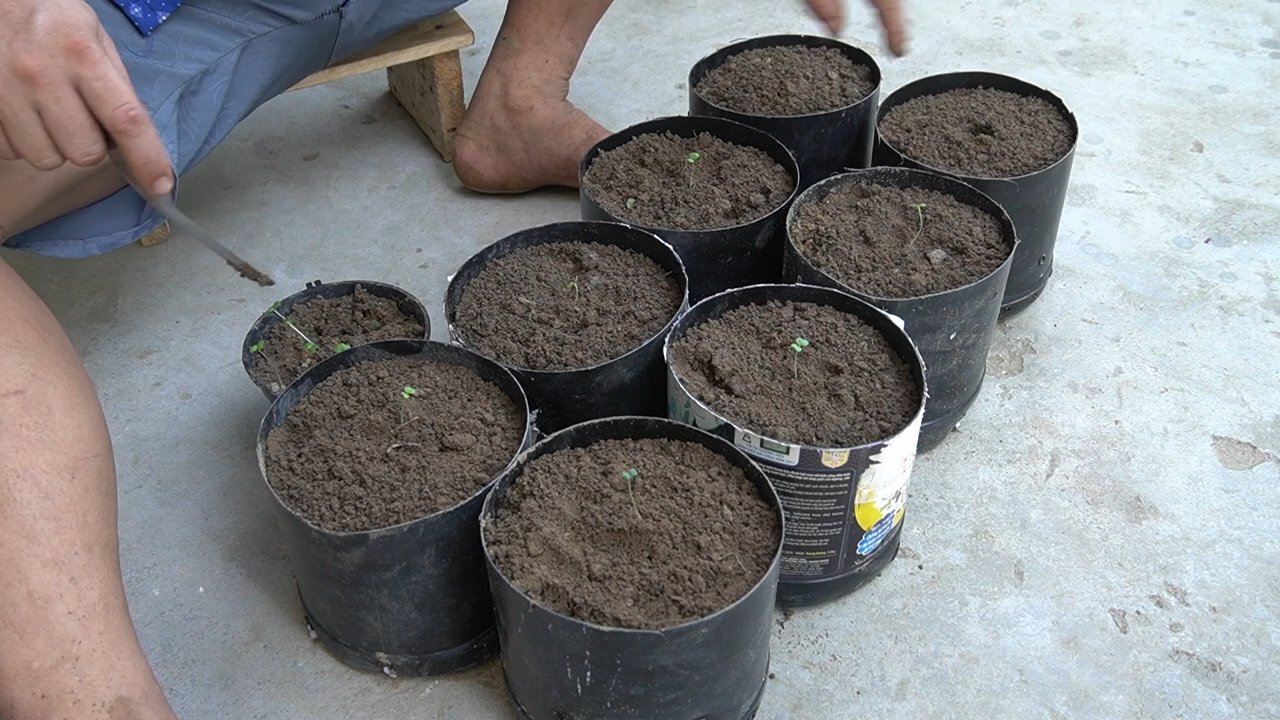
Conclusion
Transforming your balcony into a thriving lettuce garden using repurposed waste materials isn’t just a clever DIY project; it’s a sustainable and rewarding way to enjoy fresh, homegrown greens right at your doorstep. We’ve shown you how to turn discarded items into functional and aesthetically pleasing planters, minimizing waste and maximizing flavor. This method is a must-try for several compelling reasons.
First and foremost, it’s incredibly cost-effective. Instead of purchasing expensive planters, you’re giving a second life to materials that would otherwise end up in landfills. Think about the satisfaction of knowing you’re contributing to a greener planet while simultaneously saving money. Secondly, it’s remarkably adaptable. The size and shape of your balcony lettuce garden can be tailored to fit your specific space and needs. Whether you have a sprawling terrace or a tiny Juliet balcony, you can create a customized garden that perfectly suits your environment.
But the benefits extend beyond just cost and convenience. Growing your own lettuce allows you to control the entire process, from seed to salad. You can choose organic seeds and avoid harmful pesticides and herbicides, ensuring that you’re consuming the healthiest and most flavorful lettuce possible. The taste difference between store-bought lettuce and freshly harvested, homegrown lettuce is truly remarkable.
Consider these variations to further personalize your balcony lettuce garden:
* Vertical Gardening: Stack repurposed containers vertically to maximize space and create a visually stunning green wall. Old plastic bottles, cut in half and hung upside down, work exceptionally well for this.
* Herb Companion Planting: Interplant your lettuce with herbs like basil, chives, or mint. These herbs not only add flavor to your salads but also help deter pests naturally.
* Succession Planting: Plant new lettuce seeds every few weeks to ensure a continuous harvest throughout the growing season. This way, you’ll always have fresh lettuce on hand.
* Container Variety: Experiment with different types of repurposed containers. Old tires can be painted and used as raised beds, while wooden pallets can be transformed into charming vertical planters.
* Lettuce Variety: Don’t limit yourself to just one type of lettuce. Grow a mix of romaine, butterhead, and loose-leaf varieties for a diverse and colorful salad bowl.
We understand that embarking on a DIY project can sometimes feel daunting, but we assure you that creating a balcony lettuce garden from waste is a surprisingly simple and satisfying endeavor. The steps are straightforward, the materials are readily available, and the rewards are immeasurable.
So, we wholeheartedly encourage you to give this DIY trick a try. Not only will you be enjoying delicious, homegrown lettuce, but you’ll also be contributing to a more sustainable lifestyle. We’re confident that you’ll be amazed at how easy and rewarding it is to transform your balcony into a thriving green oasis.
And most importantly, we want to hear about your experience! Share your photos, tips, and challenges with us. Let us know what worked well for you, what you would do differently, and any creative variations you came up with. Your feedback will not only inspire others but also help us refine and improve this DIY guide. Let’s build a community of balcony gardeners who are passionate about sustainability and fresh, homegrown food. Embrace the joy of growing your own lettuce and discover the satisfaction of turning waste into something beautiful and delicious. The journey to a greener, healthier lifestyle starts with a single seed, and your balcony is the perfect place to plant it.
FAQ
What types of waste materials are best for creating planters?
Almost any durable container can be repurposed into a planter for your balcony lettuce garden. Plastic bottles, yogurt containers, tin cans, old tires, wooden pallets, and even discarded shoes can be transformed into functional and aesthetically pleasing planters. Just make sure to clean the containers thoroughly before using them and drill drainage holes in the bottom to prevent waterlogging. Avoid using containers that may leach harmful chemicals into the soil.
What kind of soil should I use for my balcony lettuce garden?
Lettuce thrives in well-draining, nutrient-rich soil. A good potting mix specifically formulated for vegetables is ideal. You can also create your own potting mix by combining equal parts of compost, peat moss (or coconut coir), and perlite or vermiculite. Compost provides essential nutrients, peat moss (or coconut coir) helps retain moisture, and perlite or vermiculite improves drainage. Avoid using garden soil, as it can be too heavy and compact for container gardening.
How much sunlight does lettuce need?
Lettuce needs at least 4-6 hours of sunlight per day to thrive. However, it can tolerate partial shade, especially during the hottest part of the day. If your balcony receives direct sunlight for only a few hours, try to position your lettuce garden in a spot that receives morning sun, as this is less intense than afternoon sun. If you live in a particularly hot climate, consider providing some shade during the hottest hours to prevent the lettuce from bolting (going to seed).
How often should I water my balcony lettuce garden?
Lettuce needs consistent moisture to grow well. Water your lettuce garden whenever the top inch of soil feels dry to the touch. Avoid overwatering, as this can lead to root rot. The frequency of watering will depend on the weather conditions, the type of container you’re using, and the type of soil. During hot, dry weather, you may need to water your lettuce garden daily. In cooler, wetter weather, you may only need to water it every few days.
How do I prevent pests from attacking my lettuce plants?
There are several ways to prevent pests from attacking your lettuce plants. Companion planting with herbs like basil, chives, or mint can help deter pests naturally. You can also use organic pest control methods, such as insecticidal soap or neem oil. Regularly inspect your lettuce plants for signs of pests, such as aphids, slugs, or snails. Remove any pests you find by hand or with a strong spray of water.
How do I harvest lettuce from my balcony garden?
You can harvest lettuce leaves as soon as they are large enough to eat. Simply snip off the outer leaves with scissors or a knife, leaving the inner leaves to continue growing. This method, known as “cut-and-come-again,” allows you to harvest lettuce continuously throughout the growing season. Avoid harvesting lettuce during the hottest part of the day, as this can cause the leaves to wilt.
What if my lettuce starts to taste bitter?
Lettuce can sometimes develop a bitter taste, especially during hot weather. This is often caused by bolting, which is when the lettuce plant starts to produce seeds. To prevent bolting, provide shade during the hottest part of the day and water your lettuce garden regularly. You can also choose heat-resistant varieties of lettuce. If your lettuce does start to taste bitter, you can try soaking the leaves in cold water for a few minutes before eating them.
Transforming your balcony into a thriving lettuce garden using repurposed waste materials isn’t just a clever DIY project; it’s a sustainable and rewarding way to enjoy fresh, homegrown greens right at your doorstep. We’ve shown you how to turn discarded items into functional and aesthetically pleasing planters, minimizing waste and maximizing flavor. This method is a must-try for several compelling reasons.
First and foremost, it’s incredibly cost-effective. Instead of purchasing expensive planters, you’re giving a second life to materials that would otherwise end up in landfills. Think about the satisfaction of knowing you’re contributing to a greener planet while simultaneously saving money. Secondly, it’s remarkably adaptable. The size and shape of your balcony lettuce garden can be tailored to fit your specific space and needs. Whether you have a sprawling terrace or a tiny Juliet balcony, you can create a customized garden that perfectly suits your environment.
But the benefits extend beyond just cost and convenience. Growing your own lettuce allows you to control the entire process, from seed to salad. You can choose organic seeds and avoid harmful pesticides and herbicides, ensuring that you’re consuming the healthiest and most flavorful lettuce possible. The taste difference between store-bought lettuce and freshly harvested, homegrown lettuce is truly remarkable.
Consider these variations to further personalize your balcony lettuce garden:
* Vertical Gardening: Stack repurposed containers vertically to maximize space and create a visually stunning green wall. Old plastic bottles, cut in half and hung upside down, work exceptionally well for this.
* Herb Companion Planting: Interplant your lettuce with herbs like basil, chives, or mint. These herbs not only add flavor to your salads but also help deter pests naturally.
* Succession Planting: Plant new lettuce seeds every few weeks to ensure a continuous harvest throughout the growing season. This way, you’ll always have fresh lettuce on hand.
* Container Variety: Experiment with different types of repurposed containers. Old tires can be painted and used as raised beds, while wooden pallets can be transformed into charming vertical planters.
* Lettuce Variety: Don’t limit yourself to just one type of lettuce. Grow a mix of romaine, butterhead, and loose-leaf varieties for a diverse and colorful salad bowl.
We understand that embarking on a DIY project can sometimes feel daunting, but we assure you that creating a balcony lettuce garden from waste is a surprisingly simple and satisfying endeavor. The steps are straightforward, the materials are readily available, and the rewards are immeasurable.
So, we wholeheartedly encourage you to give this DIY trick a try. Not only will you be enjoying delicious, homegrown lettuce, but you’ll also be contributing to a more sustainable lifestyle. We’re confident that you’ll be amazed at how easy and rewarding it is to transform your balcony into a thriving green oasis.
And most importantly, we want to hear about your experience! Share your photos, tips, and challenges with us. Let us know what worked well for you, what you would do differently, and any creative variations you came up with. Your feedback will not only inspire others but also help us refine and improve this DIY guide. Let’s build a community of balcony gardeners who are passionate about sustainability and fresh, homegrown food. Embrace the joy of growing your own lettuce and discover the satisfaction of turning waste into something beautiful and delicious. The journey to a greener, healthier lifestyle starts with a single seed, and your balcony is the perfect place to plant it.
FAQ
What types of waste materials are best for creating planters?
Almost any durable container can be repurposed into a planter for your balcony lettuce garden. Plastic bottles, yogurt containers, tin cans, old tires, wooden pallets, and even discarded shoes can be transformed into functional and aesthetically pleasing planters. Just make sure to clean the containers thoroughly before using them and drill drainage holes in the bottom to prevent waterlogging. Avoid using containers that may leach harmful chemicals into the soil.
What kind of soil should I use for my balcony lettuce garden?
Lettuce thrives in well-draining, nutrient-rich soil. A good potting mix specifically formulated for vegetables is ideal. You can also create your own potting mix by combining equal parts of compost, peat moss (or coconut coir), and perlite or vermiculite. Compost provides essential nutrients, peat moss (or coconut coir) helps retain moisture, and perlite or vermiculite improves drainage. Avoid using garden soil, as it can be too heavy and compact for container gardening.
How much sunlight does lettuce need?
Lettuce needs at least 4-6 hours of sunlight per day to thrive. However, it can tolerate partial shade, especially during the hottest part of the day. If your balcony receives direct sunlight for only a few hours, try to position your lettuce garden in a spot that receives morning sun, as this is less intense than afternoon sun. If you live in a particularly hot climate, consider providing some shade during the hottest hours to prevent the lettuce from bolting (going to seed).
How often should I water my balcony lettuce garden?
Lettuce needs consistent moisture to grow well. Water your lettuce garden whenever the top inch of soil feels dry to the touch. Avoid overwatering, as this can lead to root rot. The frequency of watering will depend on the weather conditions, the type of container you’re using, and the type of soil. During hot, dry weather, you may need to water your lettuce garden daily. In cooler, wetter weather, you may only need to water it every few days.
How do I prevent pests from attacking my lettuce plants?
There are several ways to prevent pests from attacking your lettuce plants. Companion planting with herbs like basil, chives, or mint can help deter pests naturally. You can also use organic pest control methods, such as insecticidal soap or neem oil. Regularly inspect your lettuce plants for signs of pests, such as aphids, slugs, or snails. Remove any pests you find by hand or with a strong spray of water.
How do I harvest lettuce from my balcony garden?
You can harvest lettuce leaves as soon as they are large enough to eat. Simply snip off the outer leaves with scissors or a knife, leaving the inner leaves to continue growing. This method, known as “cut-and-come-again,” allows you to harvest lettuce continuously throughout the growing season. Avoid harvesting lettuce during the hottest part of the day, as this can cause the leaves to wilt.
What if my lettuce starts to taste bitter?
Lettuce can sometimes develop a bitter taste, especially during hot weather. This is often caused by bolting, which is when the lettuce plant starts to produce seeds. To prevent bolting, provide shade during the hottest part of the day and water your lettuce garden regularly. You can also choose heat-resistant varieties of lettuce. If your lettuce does start to taste bitter, you can try soaking the leaves in cold water for a few minutes before eating them.
Can I grow lettuce on my balcony year-round?
Whether you can grow lettuce on your balcony year-round depends on your climate. In mild climates, you may be able to grow lettuce throughout the year. In colder climates, you may need to grow lettuce indoors during the winter months. You can also use cold frames or row covers to protect your lettuce plants from frost. Choose varieties of lettuce that are suitable for the season.
How can I make my balcony lettuce garden more aesthetically pleasing?
There are many ways to make your balcony lettuce garden more aesthetically pleasing. Use a variety of colorful containers and arrange them in an interesting way. Add decorative elements, such as pebbles, shells, or small statues. Plant flowers or herbs alongside your lettuce to add color and fragrance. Consider creating a vertical garden to maximize space and create a visually stunning green wall.
What are the benefits of growing my own lettuce?
Growing your own lettuce offers numerous benefits. You’ll have access to fresh, flavorful lettuce that is free from harmful pesticides and herbicides. You’ll save money on groceries. You’ll reduce your environmental impact by minimizing waste and transportation costs. And you’ll enjoy the satisfaction of growing your own food. Plus, gardening is a great way to relieve stress and connect with nature.

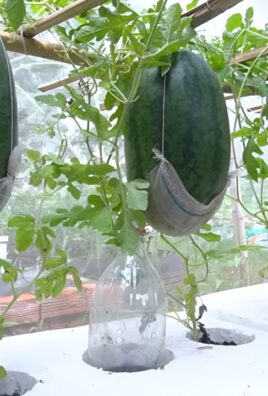
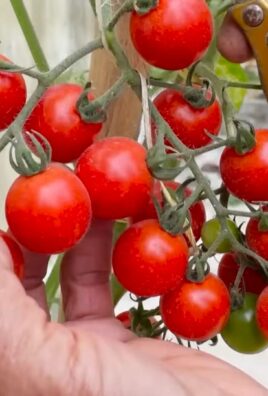
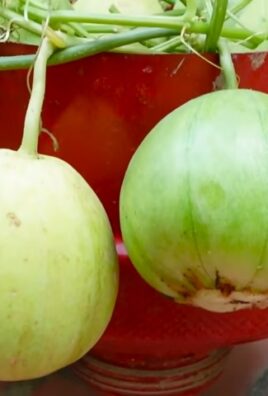
Leave a Comment